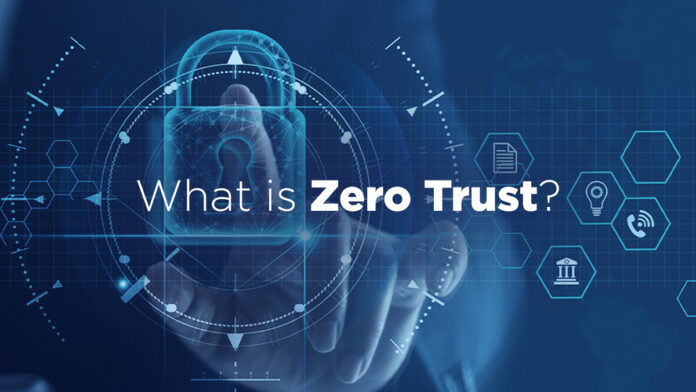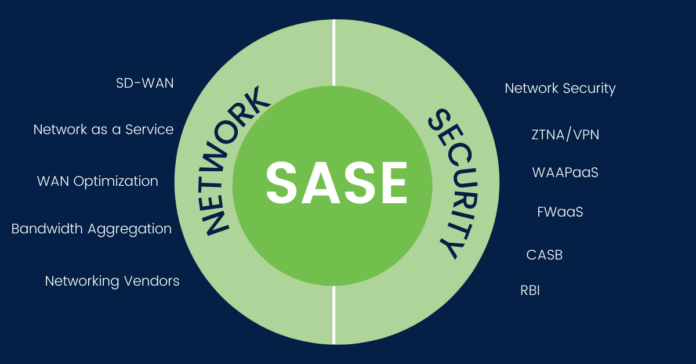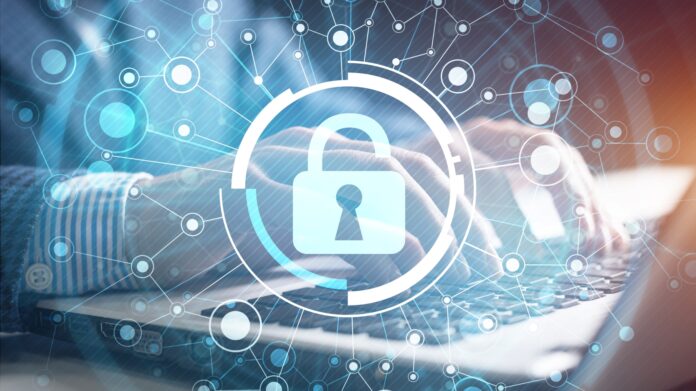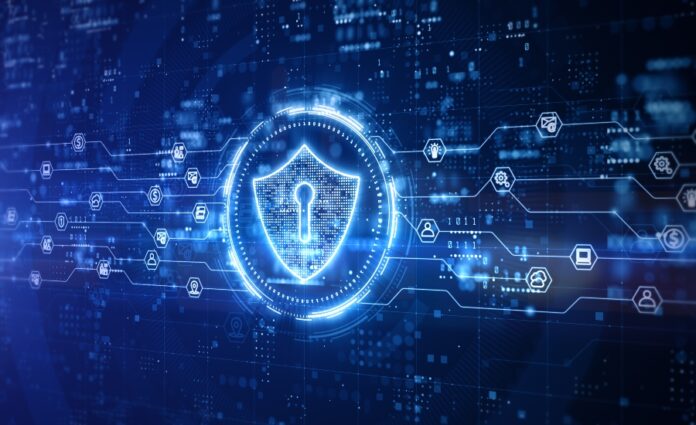Because of the surge of remote work in the aftermath of the COVID-19 pandemic, many organizations now need secure remote access solutions. With so much at stake and more cyberattacks than ever, many IT leaders have reached a crossroads. To prepare for work outside of the office, changes need to be made.
In this journey, three technologies are particularly important and popular: Zero Trust, SASE, and remote access VPN. Let’s get to know them.
What is Zero Trust?
The term “Zero Trust” refers to a security approach in which no user or device is blindly trusted and permitted access to organizational assets unless they have been verified as real and authorized. While remote work trends benefitted users and gave IT more flexibility, they also limited organizations’ capacity to regulate and safeguard access to company data. Zero Trust restores control in the face of a vanishing network boundary, increasing security.
You can do additional research if you want to learn more about ZTNA.
Zero Trust principles

Microsegmented network
Microsegmented zero trust networks establish perimeters around each of the company’s key assets. At these points, security inspections and access restrictions can be performed, making it simpler to prevent lateral movement of threats via the network and to limit and prevent a potential breach.
Multifactor authentication
Multifactor authentication is a type of authentication that requires a user to give two or more verification factors in order to obtain access to a resource. It is a critical component in achieving Zero Trust. It provides an extra layer of protection to network, application, or database access by asking users to confirm their identity with additional criteria.
Role-based access control
RBAC (role-based access control) is a means of restricting what users can do within a company’s IT systems. RBAC does this by assigning each user to one or more roles and granting each role varied rights. RBAC can be used for a single software program or for a group of them. Implementing role-based access control is a critical step on the road to Zero Trust.
What is SASE?

Secure Access Service Edge, or SASE, is a cloud-based service paradigm that combines multiple security and networking technologies. SASE enables enterprises to simplify user administration, increase network speed, and provide greater security regardless of where their workforce is situated. SASE has been getting more popular every day. By 2025, Gartner predicts that at least 40% of businesses will have used the SASE strategy.
Benefits of SASE
1. Simple management
The SASE network brings everything together in one place, removing the need for different reports. It is a central cloud-based administration tool that allows for control of the complete platform from a single location, making maintenance simple. Traditional security services demand more labor to administer as the organization’s requirements and site offices grow. SASE, on the other hand, does not increase in administration as the network grows.
2. Great user experience
A successful SASE solution should also be a devoted steward of the user experience. SASE puts the user in front of the security, which is essential for a positive user experience. To provide optimal bandwidth and minimal latency, SASE recommends enforcing security near users.
3. Minimized threat exposure
A company may acquire a greater degree of awareness of potential risk factors that could harm their business by using SASE. SASE protects against viruses and attacks by encrypting all communications and enabling Intrusion Detection and Prevention Systems, URL filtering, and firewalls.
What is a remote access VPN?

A remote access VPN (virtual private network) allows users to connect to a network from any location. This form of VPN is typically used by businesses to allow employees to securely access their network from remote places.
Benefits of remote access VPN
1. Cost savings
It may be costly to secure your company’s data. In comparison to other security choices on the market, a remote access VPN is a cost-effective solution. With a remote access VPN, you can provide a secure network connection for all of your employees at a low cost.
2. Boosted productivity
Remote access VPN allows users to connect to the business network and access data and apps. Remote workers can access network resources as if they were in the office once they are connected to a VPN. Employees can collaborate on files even while they’re in a remote location since the link between their device and the network is secured. Allowing secure access to the workplace network boosts productivity.
How do they work together?

SASE and ZTNA are both critical components of contemporary security architecture, but they are two separate solutions. SASE is a thorough, multi-faceted security framework, whereas ZTNA is a more narrowly focused model that is part of SASE and focuses on limiting resource access. They can give a more complete security solution that can safeguard programs and data regardless of the end user’s location when used together.
SASE and ZTNA can assists companies limit the attack surface and minimize the risk of data breaches. Businesses can create a fortified cybersecurity perimeter that is tough for bad actors to breach by combining these two architectures. This ensures that only authorized users and devices have access to sensitive data and systems and that users and machines have just the resources they require to do their tasks.
SASE, a new security architecture, was created with the evolving global digital workplace in mind. Both ZTNA and remote access VPN blend flawlessly in this system. Do you want to keep your clients’ information safe? To provide your remote employees or offices secure access to your business data? Combining ZTNA, SASE and remote access VPN is your best shot.
Conclusion
As we become more accustomed to a more hybrid style of working, incorporating cybersecurity into employee onboarding is going to become an increasingly important aspect of ensuring that the dispersed workforce remains secure.
When you have ticked off the training part of the equation, placing the correct tools in place to secure your company data is another essential part. This is where Zero Trust Network Access, SASE, and remote access VPN come in. Make sure to consider your organization’s unique needs while employing them.








